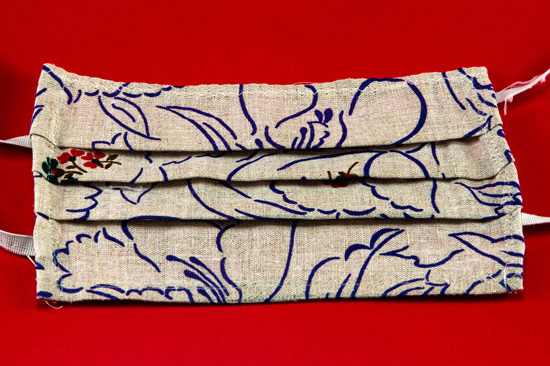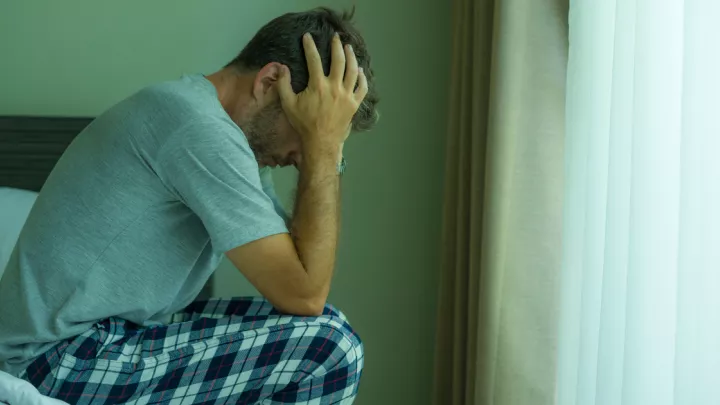The U.S. Centers for Disease Control and Prevention (CDC) has updated masking guidelines since this was written. Get the latest information.

We know that, when used properly, masks can stop the spread of infectious diseases. We’ve seen them work as infection control for years in clinical settings. That’s why we urge anyone in public to wear masks to protect others from COVID-19. Avoid situations where many people are unmasked and close together.
Fabric masks minimize the spread from asymptomatic people (who have COVID-19 but show no symptoms) and presymptomatic people (who are infected but aren’t showing symptoms yet).
Follow these guidelines to reduce the spread of COVID-19:
- Make sure the mask covers your mouth and nose
- Put the mask on (don) after washing hands for 20 seconds with soap and water. Wash hands again after removing (doffing) the mask. Watch our brief video on how to properly don and doff a face mask
- Don’t touch or handle your mask by the front – this area can be contaminated with germs. Use the ear loops to remove your mask or adjust it
- Wash soiled masks in hot water and dry thoroughly before wearing. Don’t wear a soiled or wet mask
- Throw disposable masks in the trash after using them. Don’t reuse them
- You must still practice social distancing and handwashing if you wear a mask. Masks are not 100 percent effective and do not allow you to be less vigilant about staying safe
Who should wear a mask?
- Anyone who must be within 6 feet of anyone they don’t live with. Follow the instructions above to avoid self-contamination
- People with COVID-19 symptoms when someone else is in their room. People with symptoms should not go out in public
- People caring for COVID-19 patients at home. If you're caring for someone who's sick, you should wear surgical masks, or cloth masks if surgical masks are not available, while in their room



